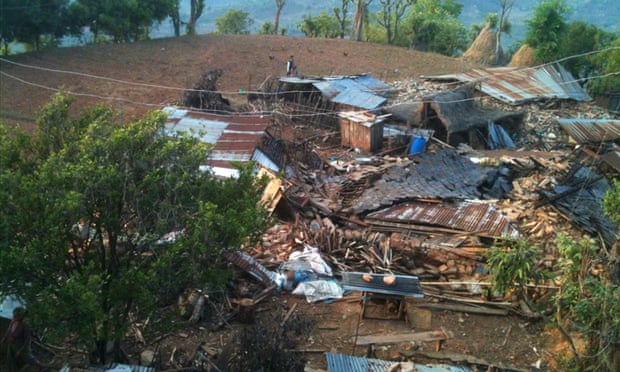On 25 April it will be the first anniversary of Nepal’s Gorkha earthquake – the country’s worst natural disaster since the 1934 Nepal-Bihar earthquake. The magnitude 7.8 quake killed over 9,000 people and injured over 23,000. With prior warning many of those lives could have been saved. Most seismologists believe that predicting earthquakes is impossible. However, Friedemann Freund, a researcher at NASA believes he has found a subtle signal emitted in the hours before the tremors start.
A mineral physicist by background, Freund’s idea originated from attempts to produce electricity by putting rocks under stress. In 2006 he showed that a block of granite under pressure could produce an electrical current, due to mineral defects unsettling electrons. By 2009 he showed that this process caused air molecules to ionise above the surface of the rock. At that point he wondered if the build-up of stress prior to an earthquake would ionise the air molecules above the fault. Ian Main, an earthquake scientist at the University of Edinburgh, is skeptical of the hypothesis. “The problem is how these processes scale to the much larger spatial and temporal scales in a much more complex material involved in earthquakes,” he says.
https://www.theguardian.com/science/2016/apr/03/earthquake-prediction-ionised-air-fault-line
Nonetheless, Freund is testing his theory, using air conductivity sensors to monitor changes along fault lines in Alaska and on the San Andreas Fault in California. “Whenever there was a moderate or big earthquake there was indeed a large increase in air conductivity,” he says. Now he is working towards a Global Earthquake Forecast Systemaiming to issue alerts at least 24 hours before an earthquake strikes.

No comments :
Post a Comment